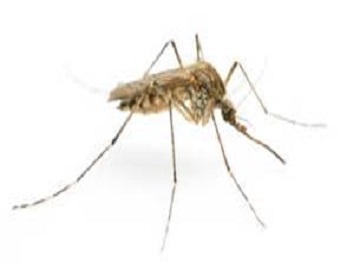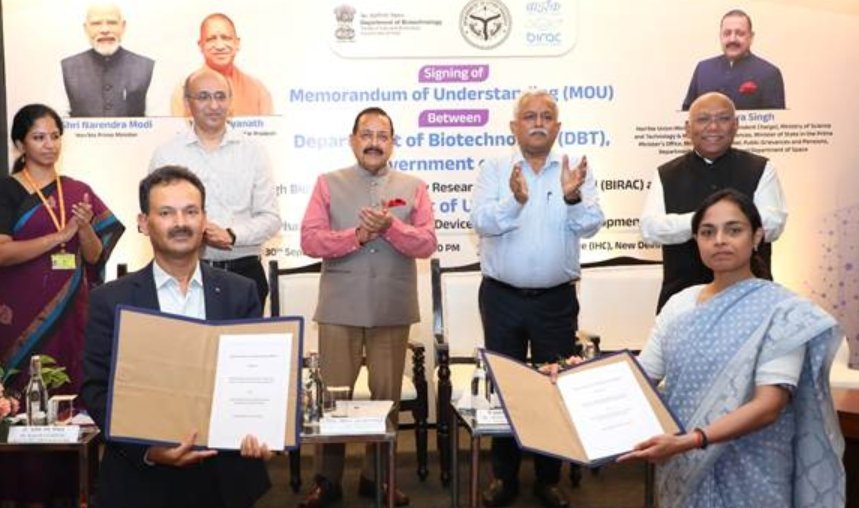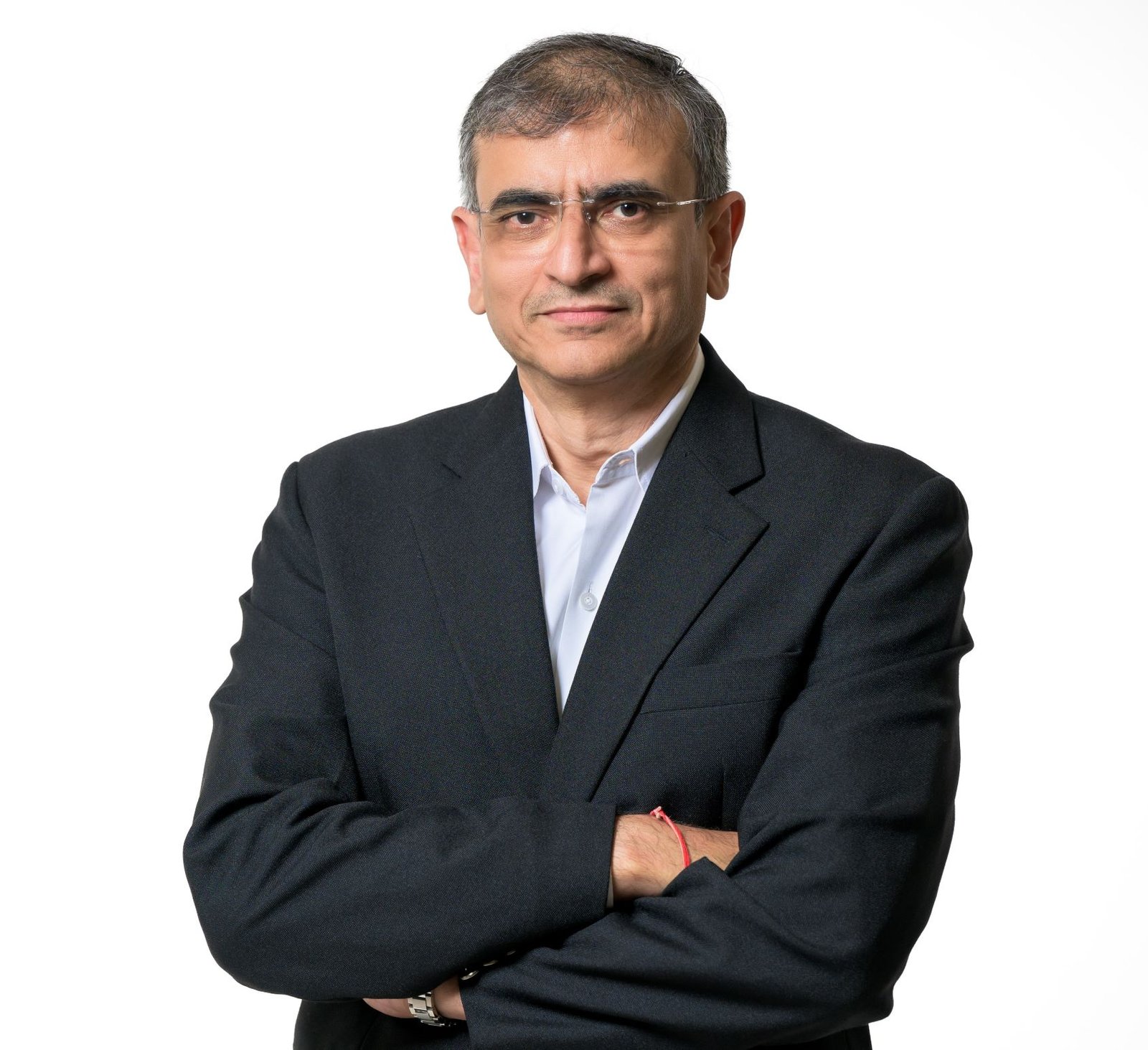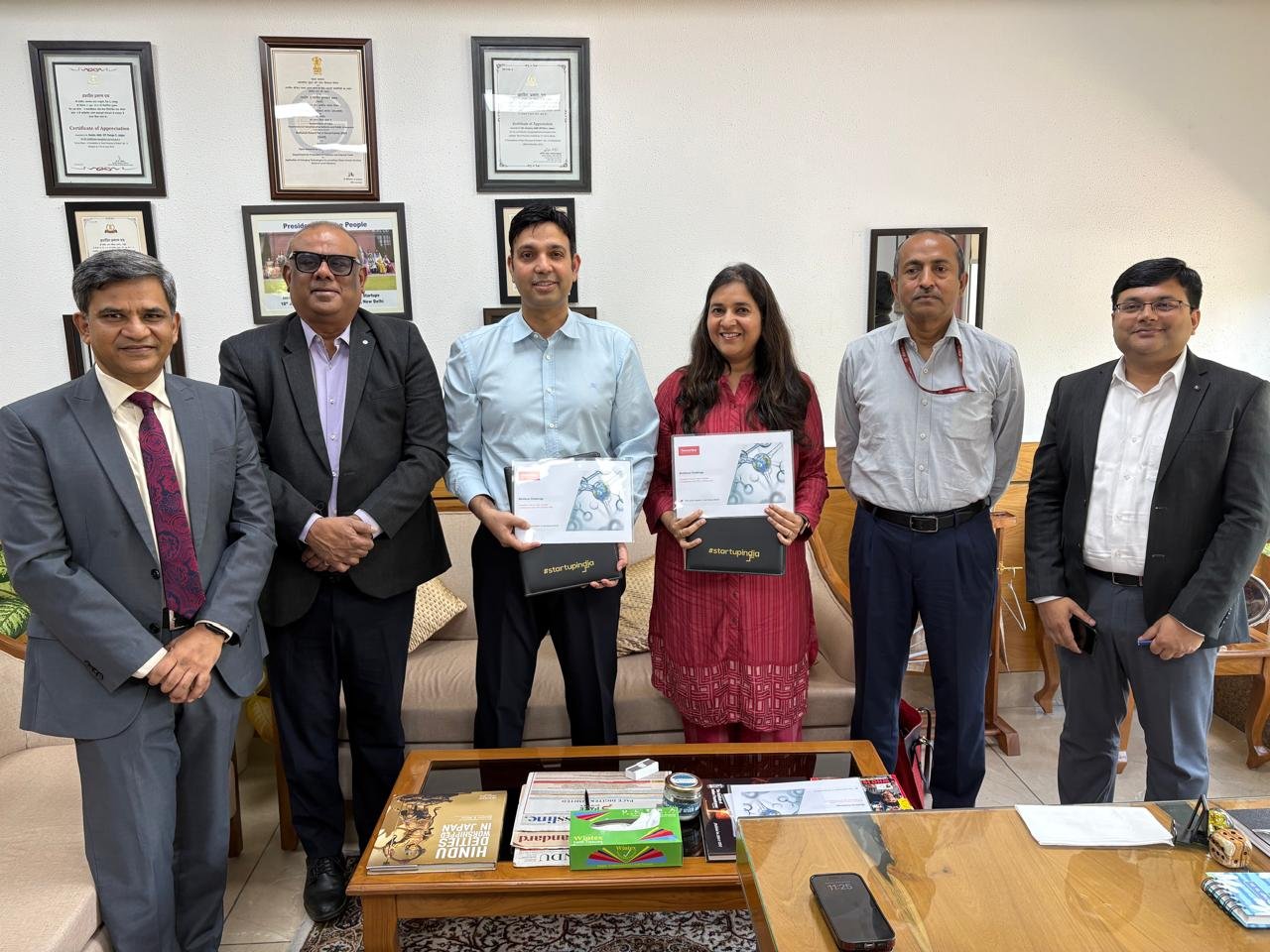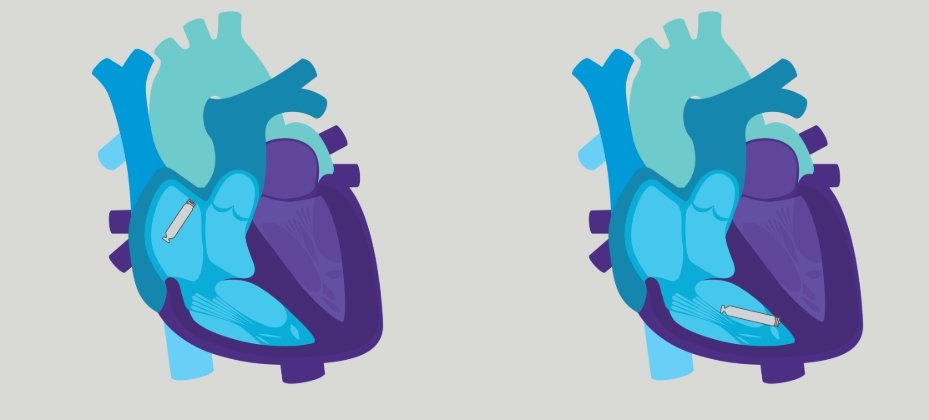India needs better strategies to deal with vector borne diseases
October 12, 2016 | Wednesday | Features | By BioSpectrum Bureau
India needs better strategies to deal with vector borne diseases
With the threat of the deadly, mosquito-borne Zika virus looming large over the country after repeated outbreaks of dengue and chikungunya, India needs a full-fledged national strategy to tackle all mosquito-borne diseases, including malaria. The answer does not lie in the wait for a vaccine against dengue and chikungunya but a national strategy on health and sanitation that will deal effectively, not just with vector-borne diseases but also a host of other disease. On this front, Prime Minister Narendra Modi's Swachh Bharat programme holds considerable promise and should become part of India's National Health Policy.
This view was emphatically expressed by the internationally-renowned rheumatologist and expert on the Chikungunya virus (CHIK V), Dr. Arvind Chopra in an exclusive interview to Biospectrum India.
Speaking on the current chikungunya and dengue epidemics in parts of the country, Dr. Chopra said that vector-borne diseases should not be looked at in isolation. "We need to eradicate this problem by looking at all infections, and the answer lies in sanitation. The National Malaria Eradication Programme began well but did not achieve its end point and we continue to suffer. We certainly need better research and vaccine development, but above all, we need a cleaner country," Dr. Chopra said.
A gold medalist from the Armed Forces Medical College (AFMC) and the University of Pune (M.D./ postgraduate studies), Dr. Chopra is presently Director and Chief Rheumatologist at the Arthritis Research & Care Foundation - Centre for Rheumatic Diseases, Pune. He served at the AFMC and Military Hospital, Belgaum for nearly a decade before serving at prominent hospitals in India and abroad. An International Fellow of the American College of Rheumatology, Dr. Chopra is recipient of numerous national and international awards and fellowships. As the international coordinator for the WHO International league against Rheumatism, he has been leading COPCORD (community oriented program for control of rheumatic diseases) which has completed or is in progress in over 21 countries to measure pain, arthritis and disability in the community. "In India we have covered over one lakh population for several arthritis disorders and were also able to capture the musculoskeletal pain and rheumatism caused by chikungunya during COPCORD surveys in south India," he said.
Current Epidemics
Both, Dengue and Chikungunya are mosquito-borne viral diseases caused by the Aedes Aegypti and Aedes Albopictus mosquitoes. The dengue virus has four serotypes and two manifestations - dengue haemorrhagic fever (DHF) and dengue shock syndrome (DSS). The Chikungunya fever and severe joint pains are caused by the Chikungunya virus.
According to National Vector Borne Disease Control, this year, India has recorded 14,656 cases of chikungunya with Karnataka accounting for 66% of the cases across the country, followed by Maharashtra and Delhi. In Delhi, 30 people have died and nearly 3,000 affected due to vector borne diseases. In a report released on Sept 14, the All India Institute of Medical Sciences (AIMS), said, 70% of people admitted since Sept 1-13 were from UP, 10% from Bihar and the rest from Delhi.
The Indian Council of Medical Research (ICMR) has stated that there is a notable upsurge of dengue and chikungunya across the country this year. Prolonged monsoon and unpredictable rains, accumulation of stagnant water and construction activity have been identified as contributing factors. This year, a 25% rise in dengue cases is expected in the country due to heavy monsoons.
While municipal corporations have been resorting to fogging operations as a primary strategy to deal with the mosquito menace, what is required, say experts are programmes to attack mosquito larva.
The World Health Organization (WHO) has called for better surveillance and reporting of these cases. Considerable pressure was mounting on the hospitals in Delhi from the large number of patients seeking treatment and complaining of delays and poor arrangements. The hospitals in the national capital were also over-stretched with rising numbers of patients.
Maharashtra also reported a rise in the incidence of the vector-borne diseases, with 2,500 dengue cases and 14 deaths in the state this year as compared to 1,600 cases and 10 deaths last year. More than 90% of the Chikungunya cases in the state were reported from Pune district alone. According to a report by the state health department, while dengue cases have doubled this year, chikungunya recorded a 13-fold increase in the first nine months of 2016 as compared to the corresponding period last year.
Known as the 'disease of the south", since 2010, nearly 1.60 lakh cases of Chikungunya have been reported from the southern states, with the highest number (34%) occurring in Karnataka followed by Bengal (18%) and Maharashtra (12%).
Chikunguyna since 1972
The chikungunya epidemic in 2006 in northern and western India and Andhra Pradesh and Karnataka was when Dr. Chopra and his team at the Centre for Rheumatic Diseases, Pune, undertook a detailed examination of the disease. It was 32 years ago that the 1972 epidemic had surfaced in Barshi in Solapur district when the Asian strain of the virus was isolated.
"There was a complete dearth of information in the Indian medical community. It was not easy to differentiate this painful disorder from dengue and the common belief was that chikungunya surfaced once in 10 years. In 2006, Dr. Chopra's team detected that the disease was not merely an urban phenomenon as was commonly believed but also rural and had affected large parts of rural Maharashtra, especially in Marathwada. A detailed paper by the rheumatologist on the emerging challenge of chikungunya in the journal Arthritis & Rheumatism, 2008, unravelled a spectrum of musculoskeletal disorders including disabling arthritis, and was found extremely useful by the medical community.
A more exhaustive study was undertaken in village Bavi in Solapur district where a large section of the village with a population of 2,000 had been infected with the disease. A paper based on the comprehensive study was published in the prestigious international journal Epidemiology & Infection pointing out that the disease struck like lightning resulting in severe joint pains within a few minutes and that the elderly were worst affected and children were least affected. The Bavi study also demonstrated that anti-CHIK IgM antibodies (in patients with acute infection) persisted for upto 6 months. "In apparently healthy villagers without a history of CHIK V illness, 4-8% also tested positive (IgM or IgG) indicating that a certain load of infection in the community may be subclinical and asymptomatic." The study showed that both IgM and IgG (protective response in patients who had the virus) CHIK V antibodies could be demonstrated within 6 days of onset of illness. This, Dr. Chopra said, "was rather unusual as it is uncommon to detect IgM antibodies within 4 days of illness and IgG antibodies during the acute phase.
In 2013, Dr. Chopra and his team published a paper in the American College of Rheumatology's journal, Arthritis & Rheumatism questioning the efficacy of Chloroquine which was administered widely by the medical community for the treatment of chikungunya musculoskeletal pain and arthritis. Based on the analysis of 509 acute CHIK V cases in village Bavi in Solapur district, the exploratory study "failed to identify an advantage of chloroquine over meloxicam to treat early musculoskeletal pain and arthritis following acute CHIK V." At the same time it did not rule out a therapeutic efficacy of chloroquine.
Dr. Chopra traced the treatment by chloroquine to a paper published in 1984 in a South African medical journal where the possibility of the efficacy of the drug was explored. He noted that this in itself was not enough to elevate the drug as a surefire treatment for chikungunya and called for more research into this aspect of the disease.
A seminal work done by Dr. Chopra and his team was in the area of acute chikungunya and cytokines which play a critical role in cell signalling. "We measured the cytokines and found that there was a cytokine storm in the patients. We were establishing the pattern of cytokines which go up and down and we established that people who go on to have continuous aches and pains are unable to switch off the cytokines. The study, 'Cytokines in Acute Chikungunya' published in the leading medical journal, PLOS ONE in October 2014, established that an intense cytokine milieu was evident in the early and immediate persistent symptomatic phase and in the recovered subjects."
Dr. Chopra regretted that India continued "to have a knee jerk reaction to calamities" and described the nation's response from the perspectives of public health and community medicine as deplorable.
"Nothing will happen unless we have a clear-cut health policy on all infections. You can't fight chikungunya and ignore malaria. You can't fight chikungunya and ignore dengue. We only need a one-point programme: we need health and sanitation. Why don't we realise it? What the prime minister says is absolutely correct," he said.
Pointing out that Sri Lanka had been declared by WHO as free from malaria, he asked why was India unable to do so even after so many decades of the malaria eradication programme? "When I was studying MBBS in 1978 we were learning about the malaria eradication programme, and there was hope. The programme has failed, but why haven't we done a post-mortem? Why are we only crisis-oriented?" he asked.
He said that Indian research organisations and medical colleges need to undertake deeper research into Chikungunya during the prevalence of the epidemic as was done by French researchers during the epidemic in Reunion Islands in the Indian Ocean, east of Madagascar. "We Indians need to learn how to probe an epidemic. In Delhi, we have just passed the buck between Kejriwal and the Lietenant Governor," he said angrily while regretting that a golden opportunity had been lost to study the Indian aspect of the epidemic in its depth.
Although it is strongly believed that chikungunya is a non fatal disease, Dr. Chopra pointed out that several deaths have been reported from India and elsewhere which could be coincidental or indirectly attributable. "The pity is that we have not carried out any autopsy studies to isolate the virus in brain to clinch the issue. A young lady suffering from chikungunya was alleged to have died of myocarditis in Delhi as per news media but I wonder whether we tried to unearth scientific evidence to support this contention. It is a shame that despite having expertise and advanced technology in labs, our research falls short of delivering meaningful outcomes," he said.
Drawing attention to the poor status of research publications on a peer reviewed world platform, he cited the example of China which has a large number of collaborative research papers published in outstanding journals like the New England Journal of Medicine.
He also pointed out to the potential dangers of the virus from genetic changes and called for exhaustive research in the Indian context. For example, the Aedes Albopictus which is one of the carriers of CHIK V has the capacity to survive in temperate and cooler climates, taking the virus to Europe and the U.S. Research in animals in France and Australia had shown that CHIK V can kill neonatal mice by infecting the brain. While the virus was known to attack the nervous tissue in mice, this, however, was not the case in humans. At the same time, however, there was the mosquito-borne Zika virus which infected the brain and transmitted the virus to the foetus in pregnant women, Dr. Chopra noted.
He pointed out that it was worth noting that the authoritative American website of the CDC (Centers for Disease Control) had categorised chikungunya as a "bioterrorism tool".
According to him, an important research question is whether the ongoing chikungunya in India for over 10 years will lead to higher incidence of arthritis and rheumatism and whether the virulence of the virus has increased. "We will need national surveys to address such questions in the near future," he said.
What is also needed is an exploration of the nexus between infections like chikungunya and Arthritis and Rheumatism. "All this must form a part of our national health programmes. It is a pity that despite musculoskeletal pains and arthritis being a predominant problem in the community, especially for women and elderly, it has been totally ignored in our national programmes on non-communicable diseases, rural health mission and various women health initiatives, he said.
Abhay Vaidya


